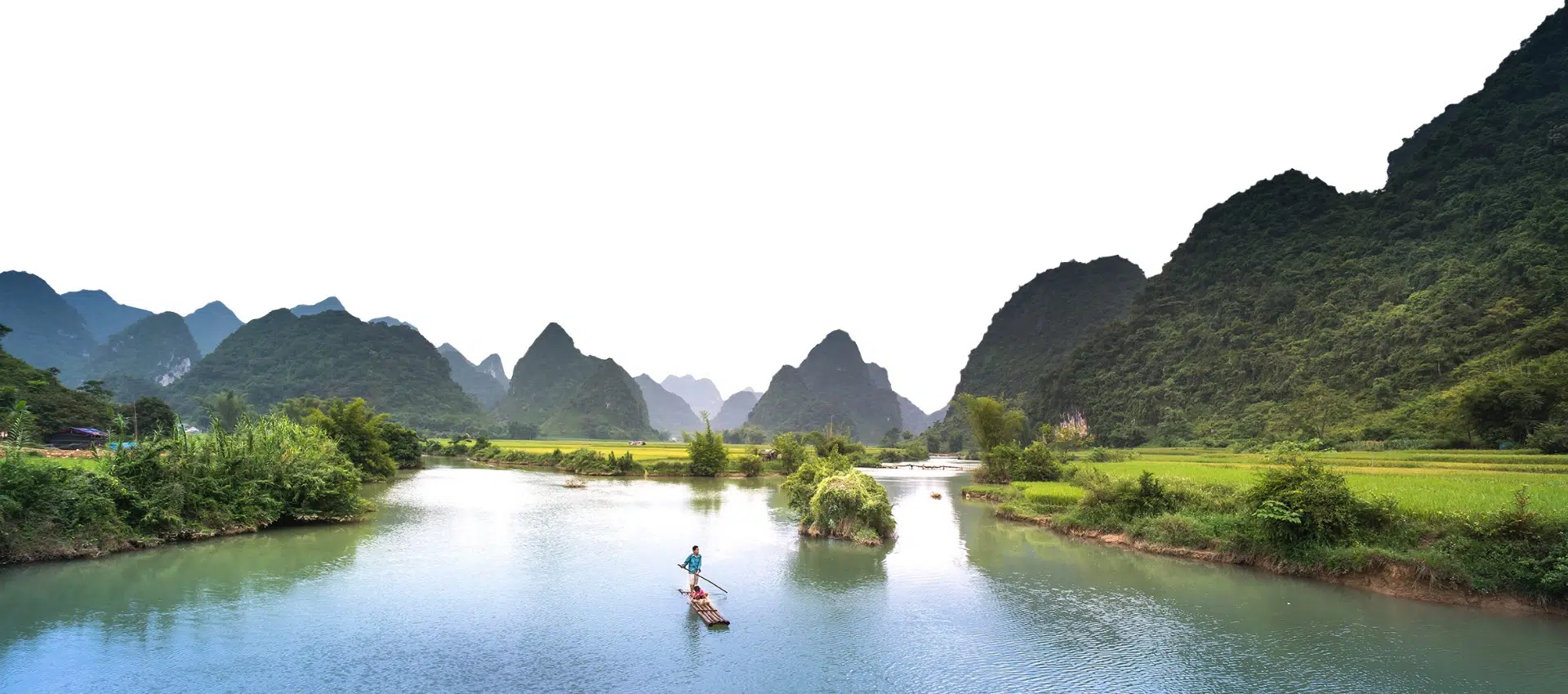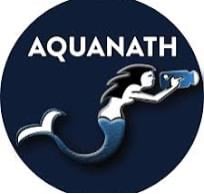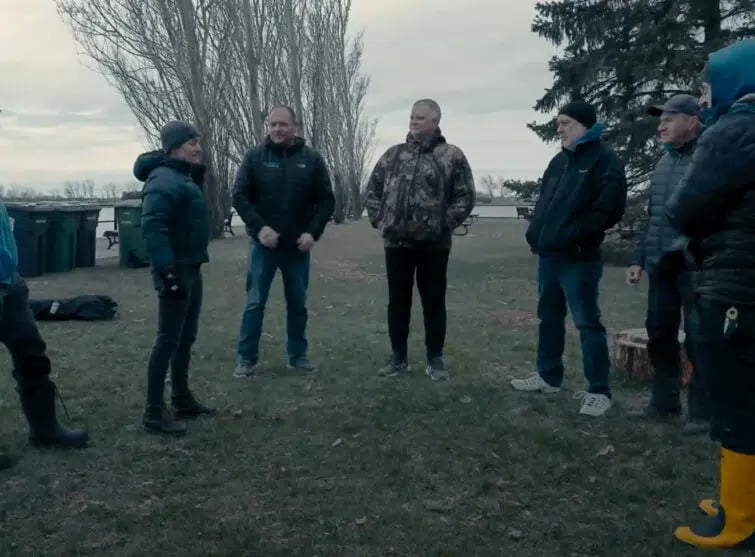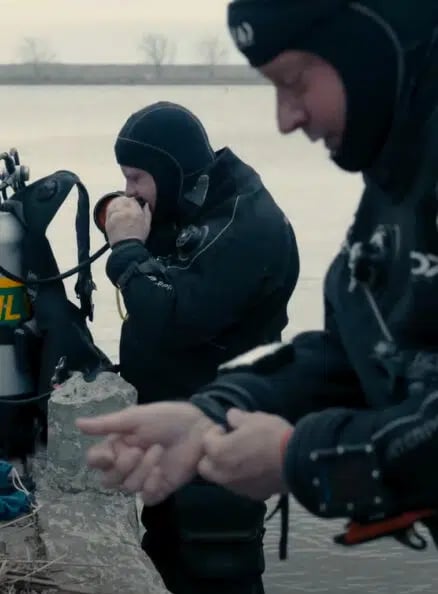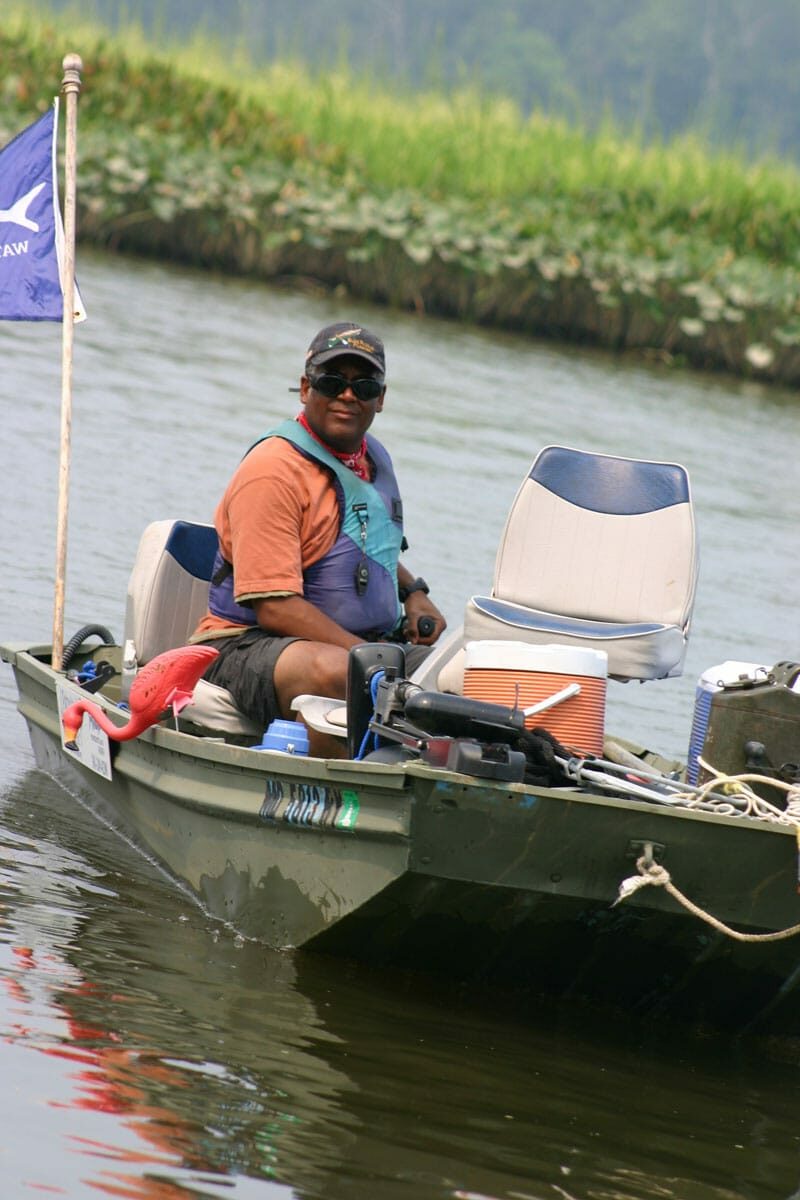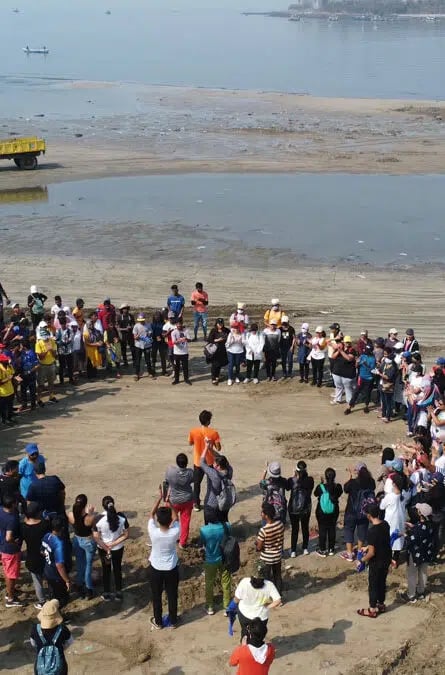NATHALIE LASSELIN'S DEEP DIVE
"As a scuba diver and explorer, we are privilege witness of the rivers. Once we see the state in which they have, we cannot close our eyes anymore."
Diving for a Better Future
When we look at rivers, we’re usually just skimming the surface.
Flying alongside the St. Lawrence River are bald eagles, osprey, and black terns while muskrats, porcupines, and beavers scamper along the shore. If you dive beneath the fresh waters of the river though, you’ll see an ecosystem of smallmouth bass and freshwater gobies, nestled between chunks of rock reefs.
Nathalie Lasselin is a diver. While she’s explored the Arctic and underwater caves in China, she felt drawn back to the waters of her home – Montreal.
St. Lawrence River
The St. Lawrence River (French: Fleuve Saint-Laurent, [flœv sɛ̃ loʁɑ̃]) is a large river in the middle latitudes of North America, flowing from Lake Ontario in a roughly northeasterly direction into the Gulf of St. Lawrence, connecting the Great Lakes to the North Atlantic Ocean and forming the primary drainage outflow of the Great Lakes Basin. The river traverses the Canadian provinces of Ontario and Quebec as well as the U.S. state of New York, and is part of the international boundary between Canada and the United States. It also provides the basis for the commercial St. Lawrence Seaway. (Source: Wikipedia)
“When you look at it (the river) from above, it’s the opposite of the inspiring blue of the ocean,” says Lasselin, referencing the murky, brownish-green cast of the water. “It is not an appealing invitation, the type that you want to accept right away.”
At 310 miles (499 km), the St. Lawrence River is long enough to trace Ireland’s border. Its waters originate from the Great Lakes’ Lake Ontario, flowing through Montreal and Quebec City until it empties into the Gulf of St. Lawrence, and eventually the Atlantic Ocean.
“For me, scuba diving is a way of transportation that takes me to 70% of the world.”
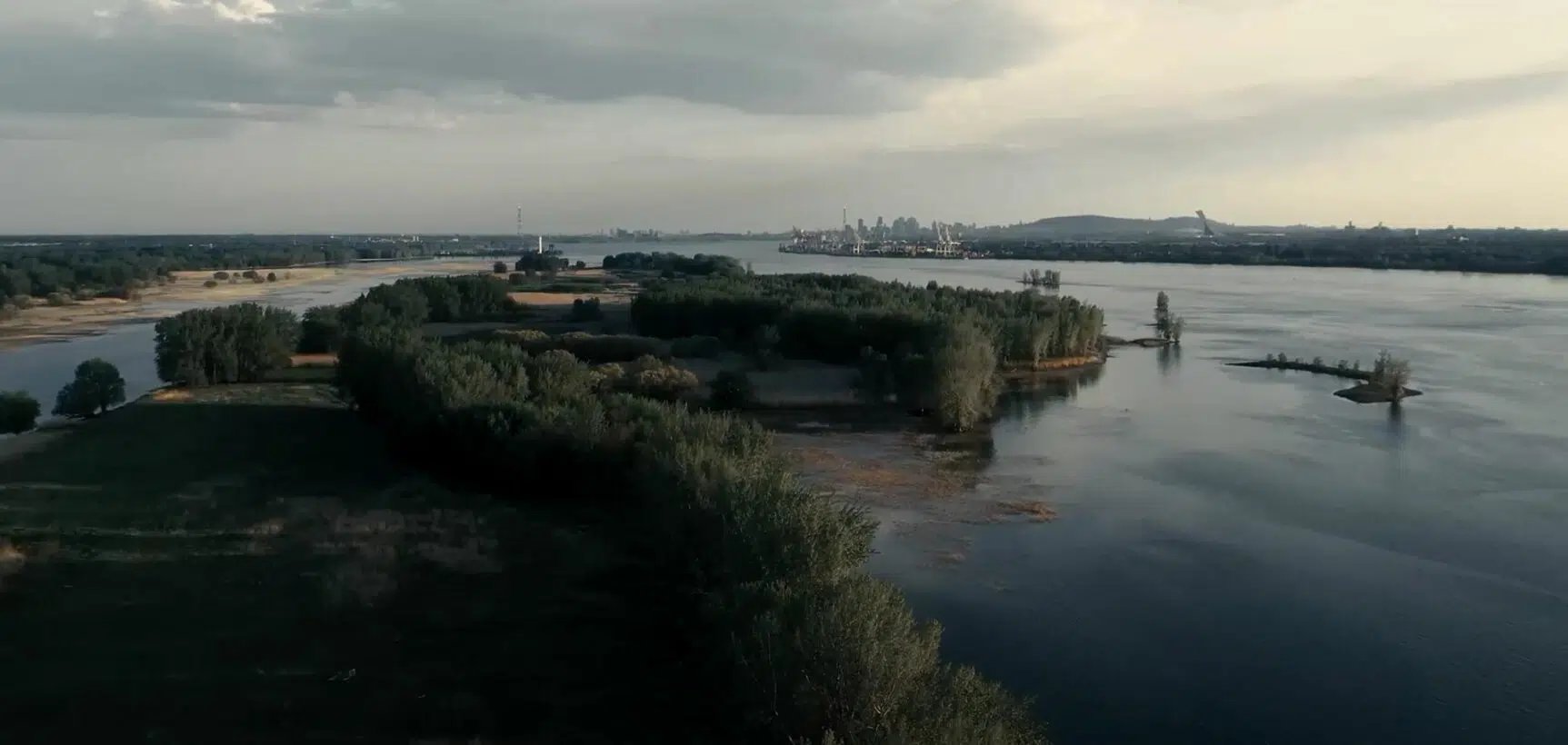
Science of Sustainability
Montreal sources 80% of its drinking water from the river. In the 1900s, persistent, historical contaminants like PCBs (polychlorinated biphenyls), PAHs (polycyclic aromatic hydrocarbons), cyanide, fluoride, and dioxins were released into the river from industrial plants. Now, emerging contaminants such as herbicides, PFAs (per-and polyfluoroalkyl substances), atrazine, caffeine, and sucralose are being detected in the St. Lawrence River.
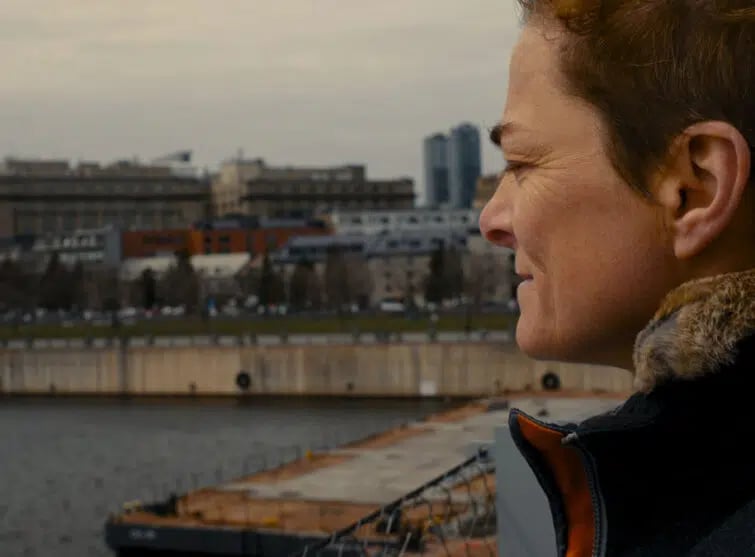
“As humans, we have this mindset that what we don’t see doesn’t really exist, and so few people have the chance to become a diver and to witness firsthand the beauty and the fragility of our world,” says Lasselin.
About 36 feet underwater, Lasselin and her team collect water samples for testing and scavenge for manmade debris. In 2019, they collected 6 tons of debris – roughly the weight of one African Bush Elephant.
“We are part of the solution.”
“When you walk near that river and you see how dirty that place is, It’s a feeling – you’re mad, you’re angry, and the response is, I need to do something. Because you can’t leave it that way,” says Lasselin.
A simple way you can make an impact is by switching to reusable water bottles, straws, or any item that replaces single-use plastic. While critics believe living environmentally conscious is expensive, Lasselin reassures that is not the case.
“Just shift your mindset and just do a better job of living on the planet,” says Lasselin. “I’m not going to be more poor because I’m changing my behavior. I’m not going to lose anything – I’m going to win everything.”
Now, Lasselin trains divers, organizing cleanups as a team. If you’re based in Canada near the St. Lawrence River, you may be able to join their project, the Urban Water Odyssey. If diving isn’t your thing, you can also collect trash alongside riverbanks in your hometown.
“As long as we know there is still trash on the water, we will go back,” says Lasselin. “… The better the condition and the state of the river is going to be, the better that glass of water is going to be.”

42 EXPEDITIONS

249 VOLUNTEERS

11.127KG REMOVED
